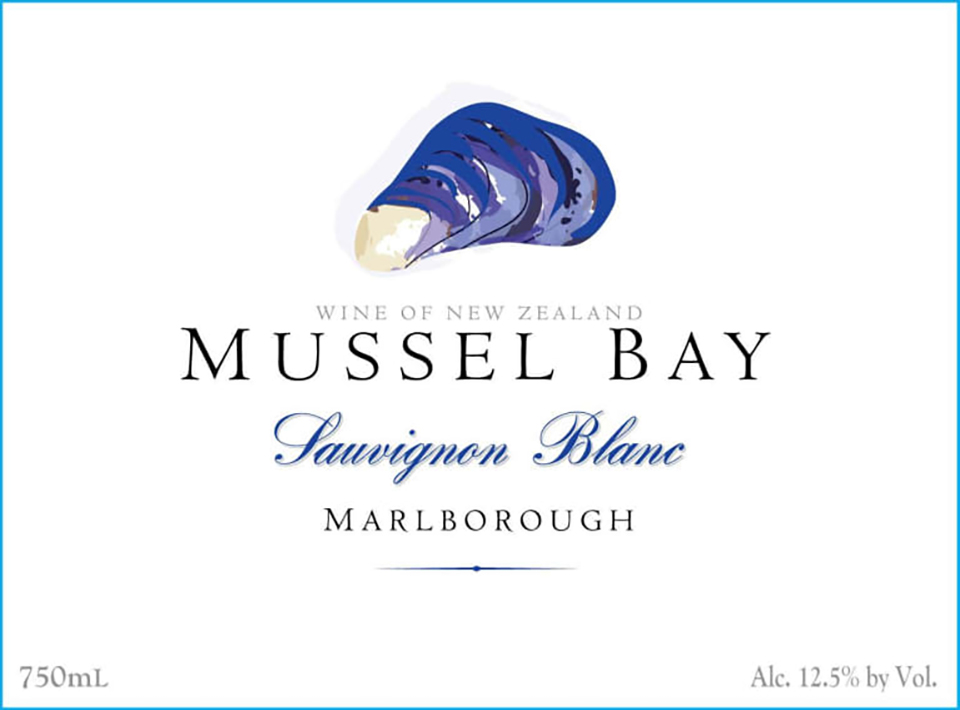
Marlborough sounds such a reliable and sonorous English name; it has a ring of class about it: something that sounds worthy, dependable and authoritative. And indeed, the English hamlet of Marlborough in the north-east corner of Wiltshire is the archetypical English market town with arcades, alleyways, coaching inns, half-timbered cottages and a church at each end of the wide and imposing high street. The street is so wide that people set up colourful market stalls and park their cars down the middle of it. In The Old Days, before the motorways were built, I passed through this delightful town many times. Sometimes, I would just stop somewhere and have a traditional English tea at one of the homely restaurants that used to line the high street. Perhaps they’re still there.
But mention the name Marlborough to wine enthusiasts and they’ll almost certainly be reminded of somewhere else on the other side of the world. The Marlborough region of New Zealand, known in Māori as Te Tauihu-o-te-waka, lies on the north-east corner of the South Island. It has about 25,000 hectares of horticultural land most of which is devoted to growing wine grapes. Because the local climate has hot sunny days and cool nights, it’s ideal for the vines and results in more intense flavour and aroma characters in the resulting wine. Although the first small vineyards were planted in New Zealand during the 1860s, nothing much happened until the middle years of the 20th century. The first commercial vineyards didn’t appear in the Marlborough region until the 1970s but it grew to become New Zealand’s largest and most internationally well-known wine-producing region. Today, the region is home to more than five hundred growers and produces more than three-quarters of all New Zealand’s wine.
When Marlborough’s first Sauvignon Blanc vines were planted, no one could have predicted the superstar status that this variety would attain. Earlier Sauvignons from New Zealand often had toe-curling acidity but these days they usually assail the senses with grassy aromas and red capsicum, gooseberry and passion fruit. There’s a surprising diversity of styles too, achieved through the use of wild yeasts, degrees of lees contact, as well as different approaches to fermentation and ageing.
Interestingly, there is a tenuous connection with Marlborough in Wilshere though not directly through wine. When New Zealand’s Marlborough Province was established in November 1859, it took its name from the distinguished British soldier and statesman, the 1st Duke of Marlborough. His military brilliance and his leadership of the allied armies fighting Louis XIV of France during the first decade of the 18th century consolidated Britain’s emergence as a front-rank power. The duke’s title of course, referred to the town of Marlborough in Wiltshire.
Sauvignon Blanc is one of the most identifiable wines in the world because of a chemical compound called pyrazine which gives the wine its characteristic grassy, aroma of herbs and capsicum. However, in a warmer climate the grassy aromas tend to diminish slightly. Warm climate Sauvignon Blanc has come a long way from its traditional home in the Loire Valley and Bordeaux where it usually has a flinty, smoky, and mineral-like quality. It’s noted for its intense flavours and once famously described as smelling like “cat’s pee on a gooseberry bush”. But don’t let that put you off.
Mussel Bay Sauvignon Blanc 2021 (white) Marlborough, New Zealand. Bt 639 @ FoodMart, Jomtien.
This charming wine has a pale, straw-coloured hue and a fresh aroma of gooseberry, passionfruit, fresh sweet herbs and tropical notes that are typically Marlborough. The concentrated fruit flavours are partly due to a long, cool fermentation in stainless steel tanks. The mineral qualities come through too and there’s a crisp but mild acidity on the palate. In case you’re wondering, I couldn’t detect the smell of cat’s pee, and I do hope that doesn’t come as a disappointment. Of course, the various aromas you detect depend on your skills and experience, but to my mind one of most enjoyable things about wine tasting is trying to identify the various components of the aroma and the taste. If you’ve got a good nose, you might even pick up a touch of mint. Despite the wealth of aromas, this is really a young, easy-drinker and at 12% ABV it’s a medium-bodied fruity wine with a pleasing balance of acidity. There’s quite an elegant, lengthy finish too.
The 2022 vintage of this wine is also available but of course, commercial wines are invariably produced for brand consistency so there’s probably little to choose between them. Given the choice, I’d tend to go for the younger vintage but either way, serve it chilled at 9-11°C. Traditional food partners are fish, shellfish and vegetarian dishes as well as spicy south-east Asian food that contains lime or chili.
Perhaps the 1st Duke of Marlborough would have also enjoyed it. He was born in 1650 and his real name was John Churchill. Confusingly, he was the son of Sir Winston Churchill who was born thirty years earlier. And yes, he was a direct ancestor of his namesake who served as British prime minister during the 20th century.





